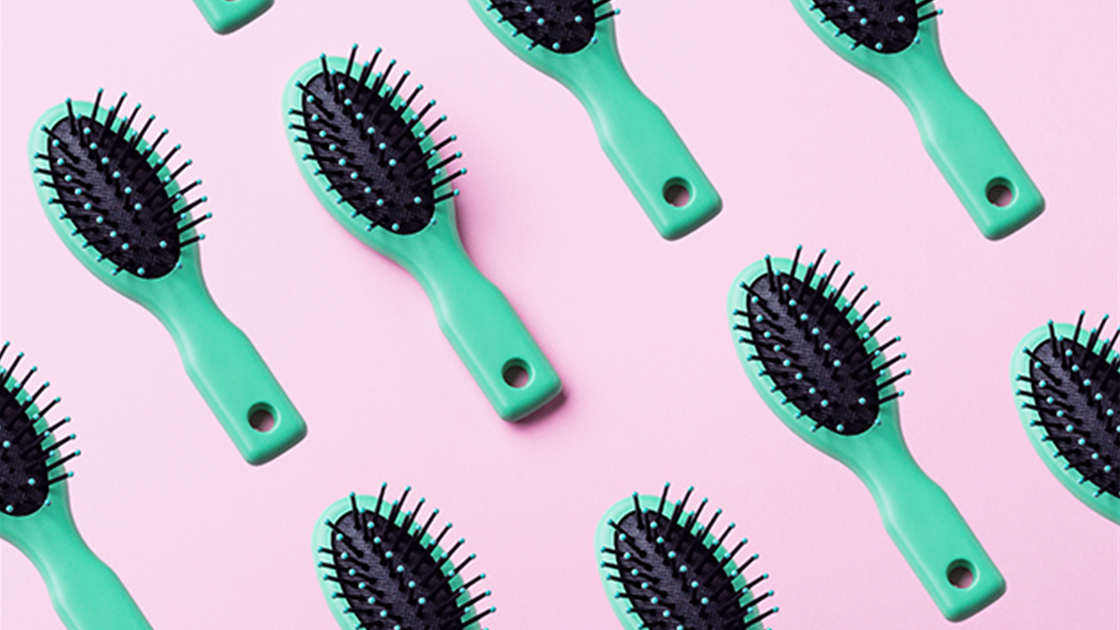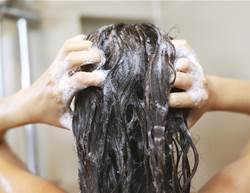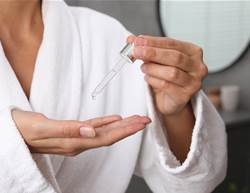A year after the pandemic first hit, doctors discovered that dealing with it has unexpected side effects. One of them is hair loss – in particular, a form called telogen effluvium, a temporary period of shedding that happens after a stressful event. It’s affecting people who had the virus, but also those who lost their jobs, cared for an ill family member, or were thrown into the world of homeschooling on top of working from home, says dermatologist Dr Yolanda Lenzy, author of Getting to the Root.
A bit of strand science: You shed up to 10 per cent of your hairs (roughly 100 strands) a day – that’s totally normal.
During telogen effluvium, however, that amount can shift up to as much as 30 per cent and lead to daily loss of about 300 strands or more, says Dr Lenzy. A major stressor can suddenly propel hairs in the growing phase (known as anagen) into the resting phase (telogen), causing them to be released from their follicles in large numbers. “When you go through these stressful situations, the body is shifting its resources away from the hair to the vital organs,” Dr Lenzy explains.
Finding the root cause
Stress-induced hair loss isn’t unique to COVID – it can happen with any illness, particularly if you have had a high fever or a severe infection or undergone an operation. It can also be spurred by significant weight loss over a short period of time, nutritional gaps (low protein intake or iron deficiency anaemia, for example), or hormonal imbalances (such as hypothyroidism or stopping birth control). It can even happen following “good stress”, Dr Lenzy says, often after having a baby.
Most of the time, people are able to pin down their triggers, but when telogen effluvium turns chronic – which occurs about 10 per cent of the time – it may be harder to identify. It can become a vicious cycle: A major stressor spurs the hair loss, but the hair loss perpetuates the stress, so the shedding continues. After all, finding a clump of hair in the shower or in your brush can be a bit traumatic, particularly for women, as research shows that hair is often tied to self-esteem and how you present yourself to the world. “A lot of people are super distressed, as you can imagine, when they’re losing hair,” Dr Lenzy says.
Getting a diagnosis
Because there are so many forms of hair loss and shedding – including genetic thinning and autoimmune conditions such as alopecia areata – it’s crucial to see a dermatologist specialising in hair loss.
There’s no single lab test for telogen effluvium (beyond checking for deficiencies and hormone troubles), so they’ll be able to perform a ‘pull test’. “We take a section of hair and pull it from root to tip to see how many hairs come out,” explains Dr Lenzy, who doesn’t recommend trying this yourself. “If we get more than three to six hairs in a section, that’s a positive pull test.” These strands will come from the follicle and have white bulbs at the roots.
Prioritising self-care
Overall, Dr Lenzy recommends adopting habits to support your entire body. Find time to de-stress, eat a diet rich in fruits and vegetables, stay hydrated, exercise regularly and get enough sleep.
Road to recovery
Thankfully, your hair will start to grow back on its own six to nine months after the stressful event, Dr Lenzy says. There’s no guarantee that you can speed up growth, but there are things you can do to support your hair (and your body):
1. Skip the styling tools
While excessive styling doesn’t cause shedding, it can cause the hair to break mid-shaft, Dr Lenzy says. Avoid using heat, chemical treatments and dyes. Instead, give your locks some love with a deep-conditioning treatment as needed for a boost of nourishment.
2. Don't stop washing!
You may be tempted to ditch the shampoo, because you see more strands in the shower, but that’s a mistake, Dr Lenzy says. The hair has already been shed, and rubbing the roots just releases it. Plus, healthy hair starts with a healthy scalp.
Go for gentler sulfate-free formulas, but skip shampoos that claim to make hair grow. “This is a process your body is going through and an expensive shampoo isn’t going to stop it,” she says.










